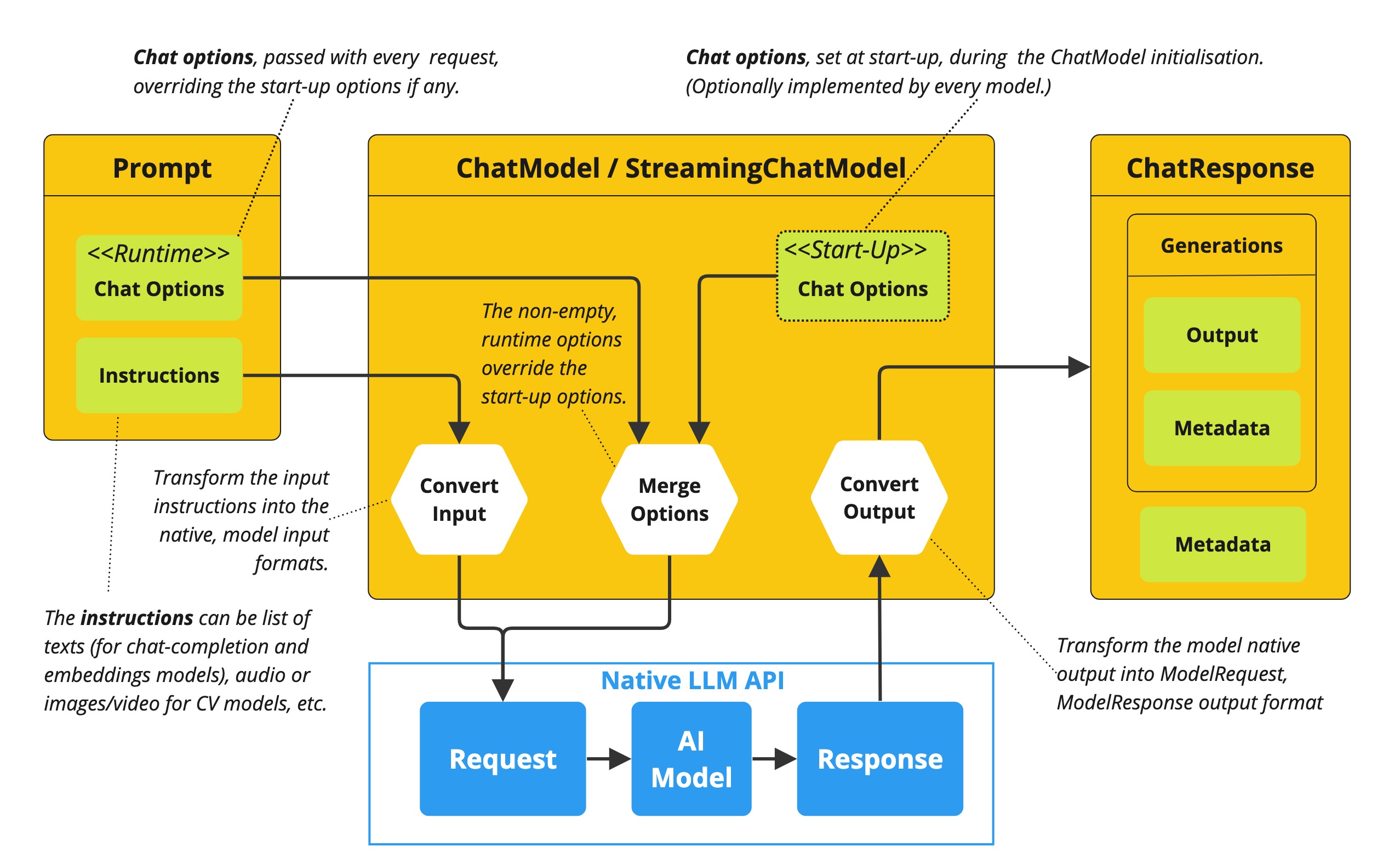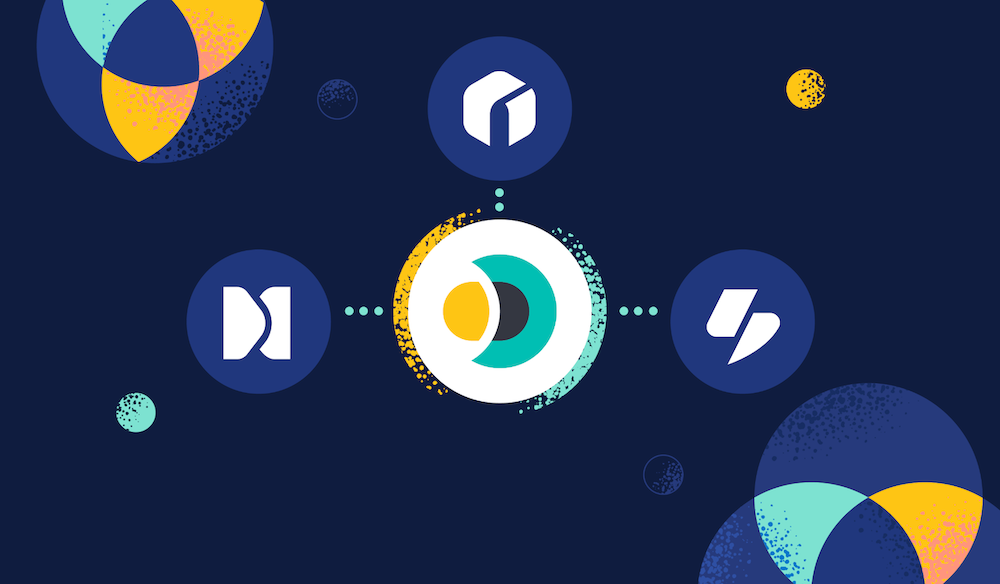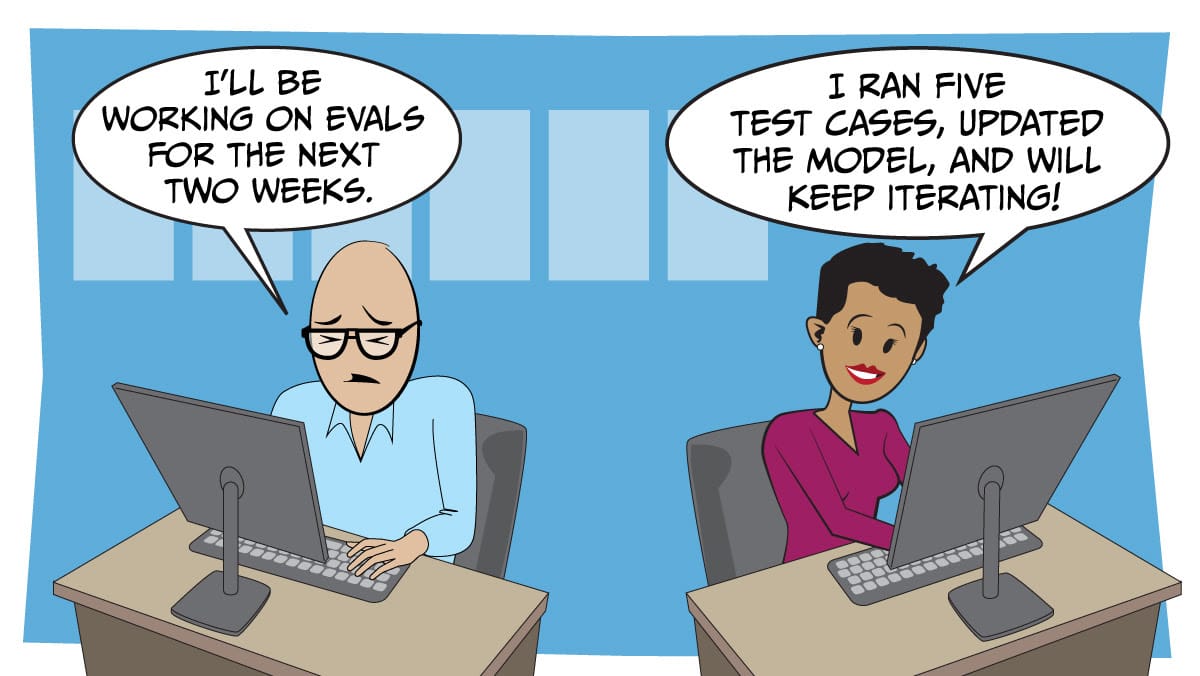
OpenAI has released the GPT-4.1 series of models, including GPT-4.1, GPT-4.1 mini, and GPT-4.1 nano. These models are available to all developers via API calls, with performance comprehensively outperforming GPT-4o, especially with significant improvements in programming and instruction following. GPT-4.1 supports a context window of up to 1 million token, and improves long context understanding, while innovating in long context reasoning, such as the OpenAI-MRCR and Graphwalks datasets. In various benchmark tests, GPT-4.1 demonstrates superior performance in programming, instruction following, and long context understanding. GPT-4.1 mini achieves a significant leap in small model performance, while GPT-4.1 nano is OpenAI's fastest and lowest-cost model currently. OpenAI has also reduced the price of the GPT-4.1 series and increased instant cache discounts. The GPT-4.1 series of models are also very powerful in image understanding, with GPT-4.1 mini frequently outperforming GPT-4o in image benchmark tests.








